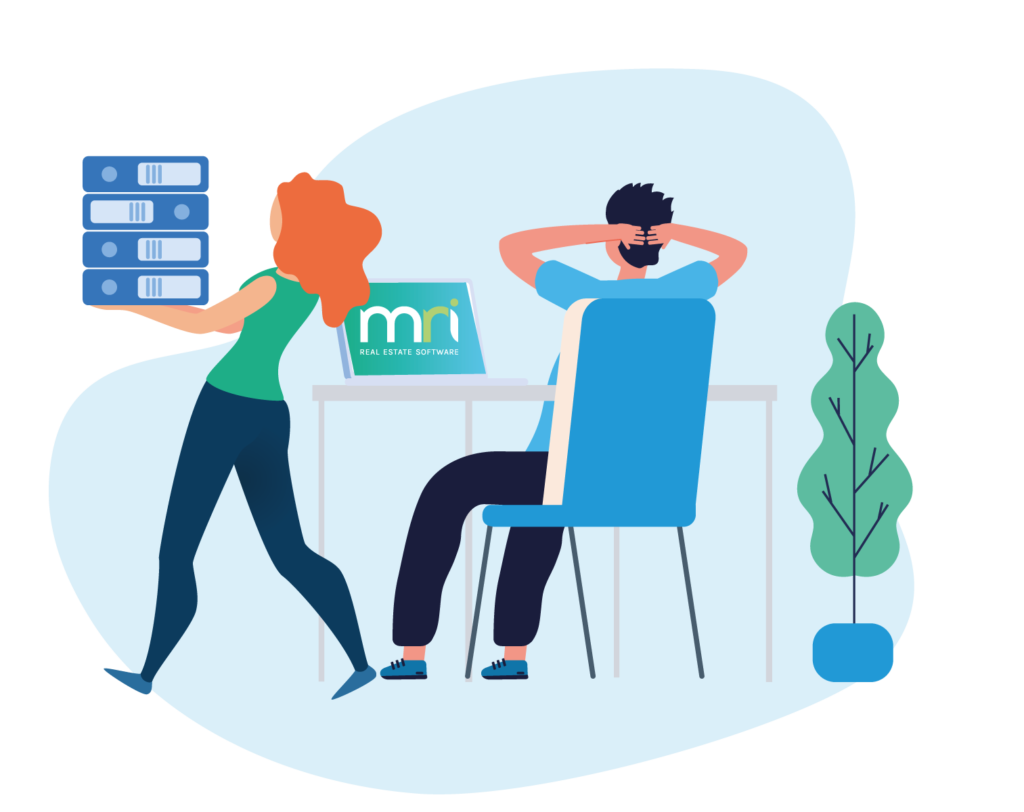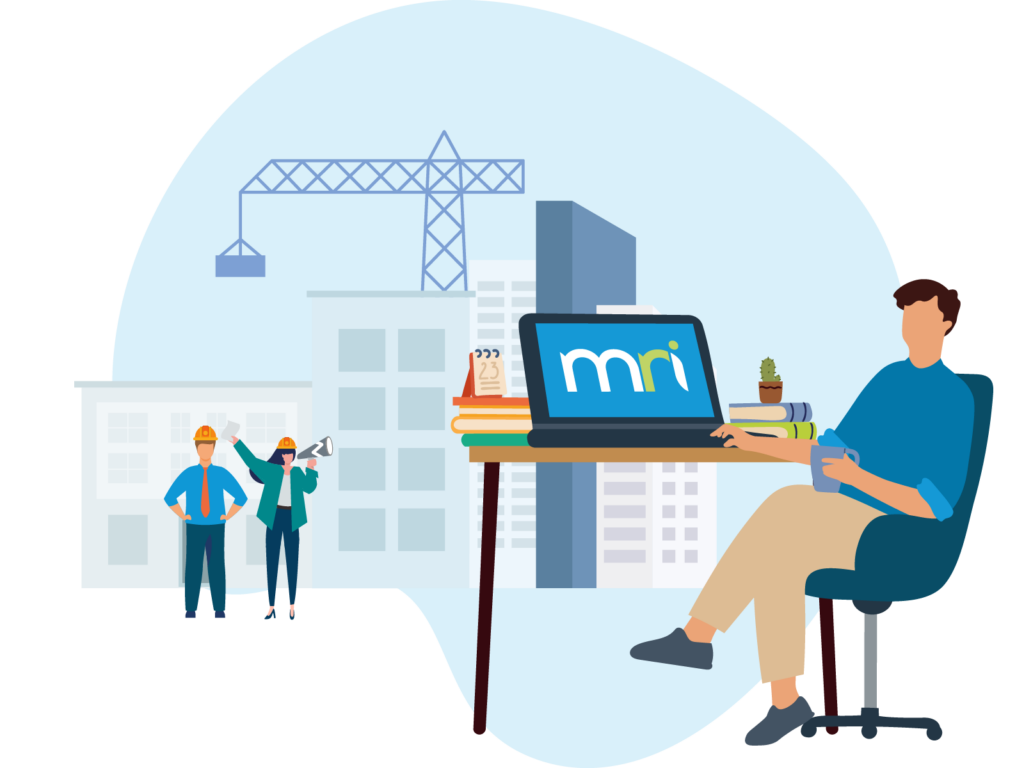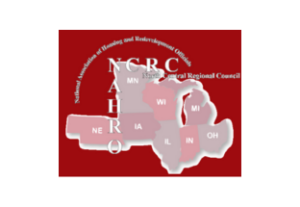How to rollout a successful workplace software implementation
Workplace software encompasses a wide range of digital tools and platforms, from space management software to project management solutions. Choosing to incorporate new software within your business can enhance operational efficiency, collaboration, and productivity.
The prospect of implementing new software in a time of transition can be daunting. Without an effective process for implementation, the results can be underwhelming at best and harmful to the business at worst.
That means a successful workplace software implementation requires a strategic approach. This blog provides a step-by-step guide for businesses aiming to improve their workflow by integrating software solutions.
5 steps for successful workplace software implementation
Implementing workplace software can transform the dynamics of your business operations. The process, when executed properly, will create a more organized and efficient workplace.
Here are five steps to ensure successful workplace software implementation:
1) Know what you need to take the first step
Before diving into the software implementation process, you need to take steps to assess what you want and need this software to do for your business. This understanding will form the foundation for a successful workplace software implementation.
You can start by identifying the challenges currently faced in your workflows and determine how new software can address these issues. You can also engage with various stakeholders to outline the goals you aim to achieve with the new software. Establishing a clear vision for the new software at the beginning will guide the decision-making process, ensuring alignment with your business’s needs and objectives.
What’s equally as important is making sure that you have all the files, technology, and other software tools necessary to undertake the implementation process. Check with your enterprise software provider to make sure you have a complete list of any HR data or business organizational hierarchy information your provider will need for a successful implementation.
2) Selecting the right software for your team
The market is flooded with workplace software options, making the selection process potentially overwhelming. Selecting the right software for your business is a critical decision that can significantly impact your operations and overall productivity.
The first step you can take to ensure you choose the right software is to research and list potential software options that meet your goals. Make sure to only include reputable software providers with good reviews and testimonials on your list.
Once you have a list of potential software solutions and providers, compare the features and customization options. It is also important to ensure that the solution is scalable, allowing the software to grow with your business.
User experience is also an important consideration. The software needs to be user-friendly, intuitive, and include support resources to ensure that it is easily adopted by your team. To check this, you can request a free demo of the software.
Finally, you will need to evaluate the cost of the software against the value it will bring to your business. Make sure to consider both the immediate and long-term return on investment (ROI). By following all these steps, you can ensure that you will have the right software to implement in your workplace.
MRI Software offers Workplace Central as a comprehensive workplace software solution for property and facility teams. This data-driven platform is designed to optimize your space management, improve the employee experience, and enhance functional operations in your workplace.
3) Breaking the news to the team
Once you have selected the best software solution for your workplace needs, you will need to inform your team.
It’s critical to get your internal team aligned on the goals of this process and what you need this software to do for you. There’s no such thing as overcommunication when it comes to implementing a solution that’s designed to help your business. Laying out the expectations for each party involved in the implementation process will help to push the project in one unified direction.
Highlighting the positive impacts the software will have on employee experience is also essential. Explain the benefits clearly to your employees, such as the software will improve the use of space to provide employees with a more productive environment or will allow for faster collaboration on projects. Doing this can drive employees to implement and adopt the software.
4) Working through hesitations with the team
It’s common for employees to have hesitations or concerns regarding new software implementation. It is important to encourage questions and discussions during the implementation process. This will allow you to address all concerns promptly, provide a better understanding of the purpose of the software, and demonstrate the benefits for your employees.
One way to reduce employee hesitations is to provide guided training sessions. This hands-on approach can reduce concerns and boost your employee’s confidence in using the new system.
5) Taking feedback on board and continually improving
Once your software has been implemented, it is important to encourage feedback from your employees. Regular check-ins with the team will provide valuable insights into the software’s performance. It will also highlight any areas for improvement, allowing you to make necessary adjustments to ensure the software is meeting your business goals and team expectations.
Continuous improvement is key to ensuring the long-term success of the workplace software implementation. It helps in making the software better over time, ensuring the software continues to meet business and employee needs effectively.
FAQs about successful workplace software implementation
Get a demo
Workplace
Software solutions and services for workplace management, lease administration and lease accounting.
Get a demo

Workplace
Software solutions and services for workplace management, lease administration and lease accounting.
Get a demo
Maximizing MRI: Improve month-end close with efficient journal entry approval processes
Month end close can be a daunting and time-consuming task for any team, regardless of staff and expertise. But consider an ideal world that doesn’t feel like you’re continually spinning your wheels, but able to maximize your time and make month-end a…

